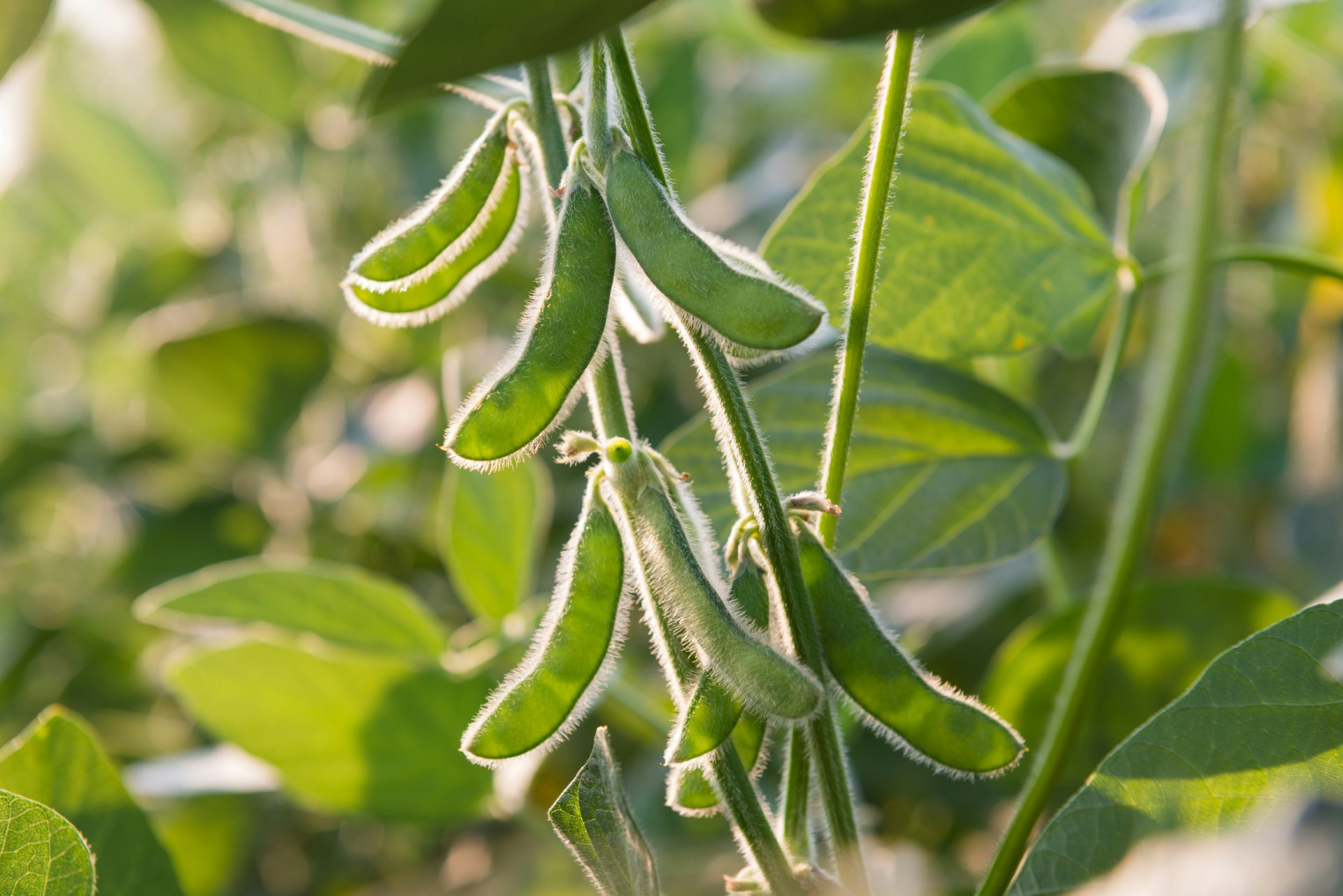During the first Trump Administration Americans were asked to adopt the motto, “short term pain for long term gain.” During the current Trump Administration, the tariff war was kicked off with “Liberation Day.”
With harvest season upon ag country, soybeans are taking center stage in the current trade war.
China has been the biggest purchaser of American soybeans for many years. During the first Trump Administration trade war, soybean purchases from China dropped from $14 billion in 2016 to $3.1 billion in 2018. A similar decline is anticipated during the current trade war.
During the first Trump Administration, soybean producers, and other parts of the agricultural community received federal stimulus dollars to offset losses caused by tariffs imposed by the administration. In recent weeks, American soybean producers have made clear, they are unhappy with the current trade war. In response, President Trump has hinted at using proceeds from tariff income to bail soybean farmers out of financial trouble this harvest.
There has yet to be an announcement of what that bailout would look like. There has also been no mention of similar bailouts for other commodity growers who are struggling during difficult economic times in agriculture.
Trade wars are challenging for agriculture on multiple fronts by shrinking, or closing, markets American farmers rely on for income while increasing the cost of seed, fertilizer, equipment and parts, herbicide, pesticide, and more substantially. While traditional manufacturers and retail businesses may increase costs to cover the increases in their operating costs, farms and ranches do not have that option. Farms and ranches sell their products for the “market rate” or “floor price” of a commodity. Most products offer a limited number of harvests, or opportunities, to be sold.
The case of the current discussion around soybeans, it is a two-fold problem of tariffs closing the largest U.S. market for them – China – and growers’ reliance on being paid a subsidy for the crop. It has been widely reported that China has abandoned purchasing soybeans from American producers in favor of making large purchases from South America this year because of the 55 percent duty placed on exports to the Asian country. The lack of exports to China has been compounded by a years-long relationship between soybean producers and the federal government that began to crumble when the Farm Bill was not renewed four years ago. Virtually all of America’s soybeans are grown in the Midwest alongside fields of corn. States that support soybeans and corn are also states that consistently fall in the top rankings of subsidy recipients in the nation.
As farmers and ranchers continue to grapple with the long-term impacts of tariffs in the ag sector, fundamental shifts in how business operations and plans are approached may need to be considered. Farms that are currently operating in a monoculture or nearly monoculture manner may need to consider other means to survive. Ranches that have survived raising only livestock may need to shift to crop-raising. Some agricultural operations may need to expand while others contract to better weather the financial challenges ahead.
The average U.S. farm produces enough food to feed 169 people every day for one year. In 2024, U.S. agricultural products accounted for $176 billion in exports around the globe, with North America and East Asia making up 64 percent of that trade. The pathway that once existed for trade may no longer be available and certainly is not available for the foreseeable future. Until this trade war comes to an end, farmers and ranchers will have to pull their hats down low and weather the storm.
Pam Lewison is a farmer, Pacific Research Institute fellow, and director of the Washington Policy Center’s Initiative on Agriculture.

